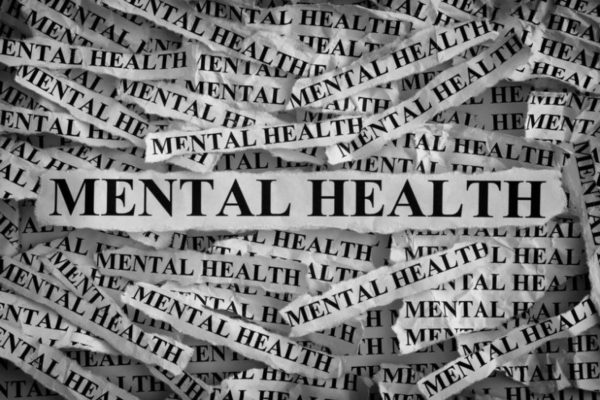In the aftermath of the largest mass shooting in modern U.S. history, words like “demented,” “insane,” “sick” and “madman” peppered official responses, media coverage and public speculation. How else could we explain the tragedy in Las Vegas?
But such loaded language obscures a simple fact: The majority of mass shooters do not have a diagnosed mental illness. More of us need to realize that it is wrong to automatically assume that mass shooting and mental illness go hand in hand.
The umbrella category of mental illness is often invoked after a mass shooting, particularly when the perpetrator is white. Possible diagnoses are mulled over by the media, hinted at by those who knew the perpetrators, or simply assumed. The problem, however, is that determining an actual diagnosis is far more complex and cannot be done casually from a television studio or living room sofa.
This fallback on mental illness, or other disability labels, flies in the face of data about mass shootings. Less than 25 percent of the perpetrators of modern mass shootings have had a diagnosed mental illness. This means that at least 3 out of 4 mass shooters were not mentally ill — at least, not on paper. So why does mental illness remain the primary explanation after these tragedies? The answer is easy: It fits our cultural script. Whether fact or fiction, mental illness is central to how we as a society now interpret mass shootings.
A diagnosis can bring a sense of logic to the senselessness, whether in daily lives or moments of crisis. It makes symptoms newly intelligible and sometimes offers opportunities to bring the illness under control.
Similarly, the assumption that mental illness is a reliable factor in mass shootings helps us as a society create a sense of logic in the face of unspeakable — and very public — tragedy. We try to understand the situation in order to gain some sense of control, however vague and amorphous. It becomes both an isolated tragedy and one piece of a longer — and growing — line of similar stories. We attempt to rein it in by giving it a name.
The rub, however, is that we are not controlling anything. Our data cannot back up this mistaken belief that mass shooters are mentally ill, and our reliance on this myth helps nothing. We know this in part because the tragedies keep happening.
We have seen the images and, for better or for worse, now have unprecedented access to audio and video footage of these events as they unfold. Yet we do not understand any more than in the past. In fact, active shooter incidents have increased significantly since 2000. The assumed, yet unsupported, link between mental illness and mass shootings is perhaps doing more harm than good.
The mentally ill mass shooter is far more real in our collective imagination and fears than in real life. Commentators and experts point out the arbitrariness of focusing on mental illness when other factors, notably male gender, are much more strongly correlated with becoming a mass shooter.
And yet something about it resonates. As we have seen in recent years, perpetrators of other racial and ethnic backgrounds are far more likely to be discussed in the parlance of terror, with keywords such as “radicalization” emerging from the start. Yet almost immediately after the shooting in Las Vegas, officials were quick to declare that it was not terrorism. The cultural script of terrorism did not fit — not for a white shooter.
We as a society remain fixated on medical explanations for everyday life. They give us a sense of trust and comfort. We want a diagnosis to explain difference and, ultimately, horror. But this is shortsighted. The question is not necessarily whether mental illness is a factor, but rather why it continues to be the de facto first step. Mass shootings have become far too normal in part because we have allowed them to enter our social worlds. We simply have relied far too long on the scapegoat of mental illness.
Elizabeth Lewis is the project manager for the Texas Center for Disability Studies at The University of Texas at Austin.
A version of this op-ed appered in the Houston Chronicle, Austin American Statesman, Fort Worth Star Telegram, San Antonio Express News, and the Amarillo Globe News.
To view more op-eds from Texas Perspectives, click here.
Like us on Facebook.




